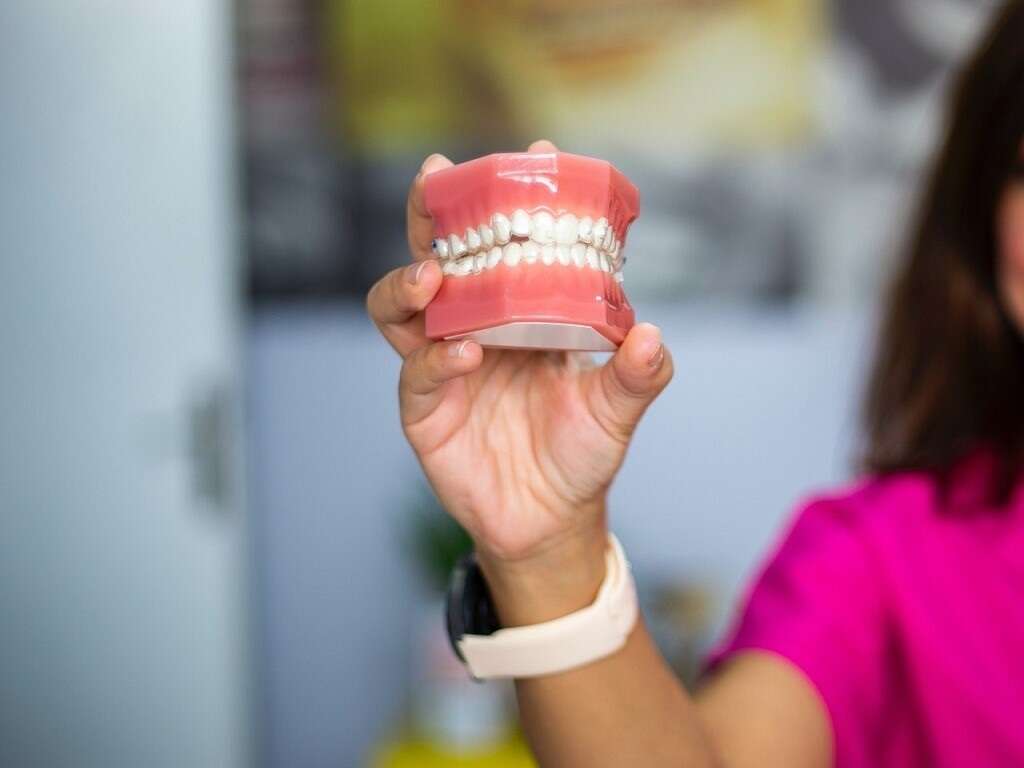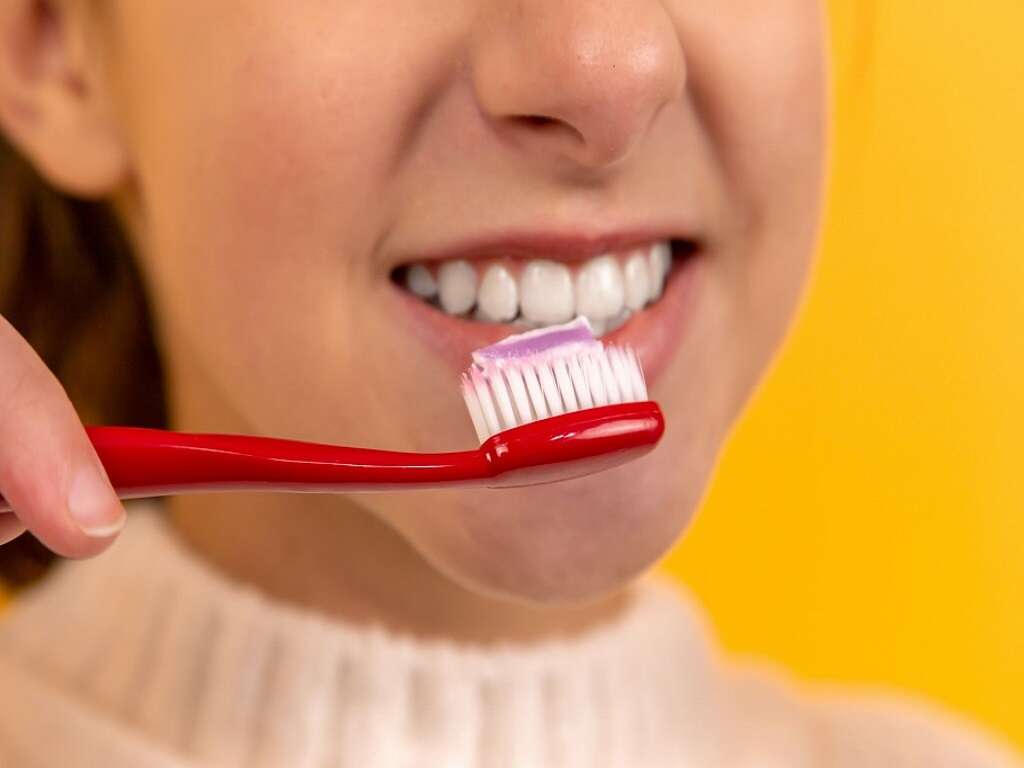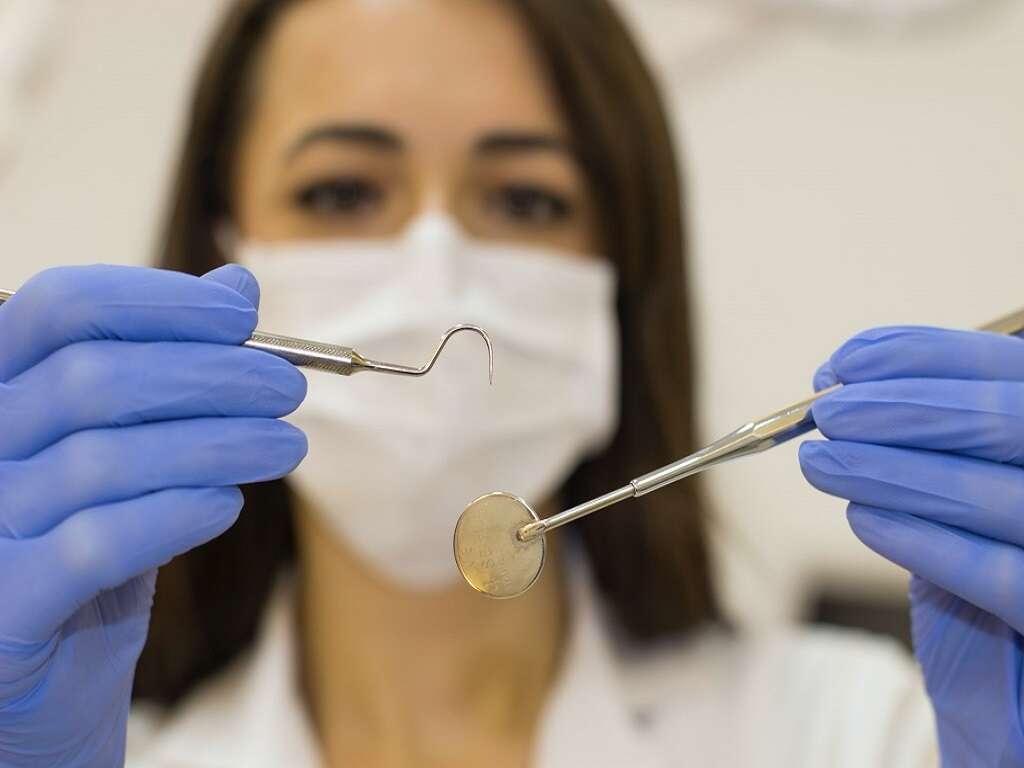What Is Leukoplakia?
As a mucous membrane disorder, leukoplakia can occur in the mouth and on or near the genitals — white patches of skin form along the gums, inside cheeks, tongue, vulva or penis. Do not try removing these patches by scraping or scratching with your fingernails or other means, as you may injure yourself.
Fear is a powerful emotion, and it can lead to the spread of misinformation and panic. If you suffer from leukoplakia, take time to understand the condition before leaping to a terrifying conclusion. Review the ten most frequently asked questions about the illness and contact your doctor for further diagnosis and treatment.
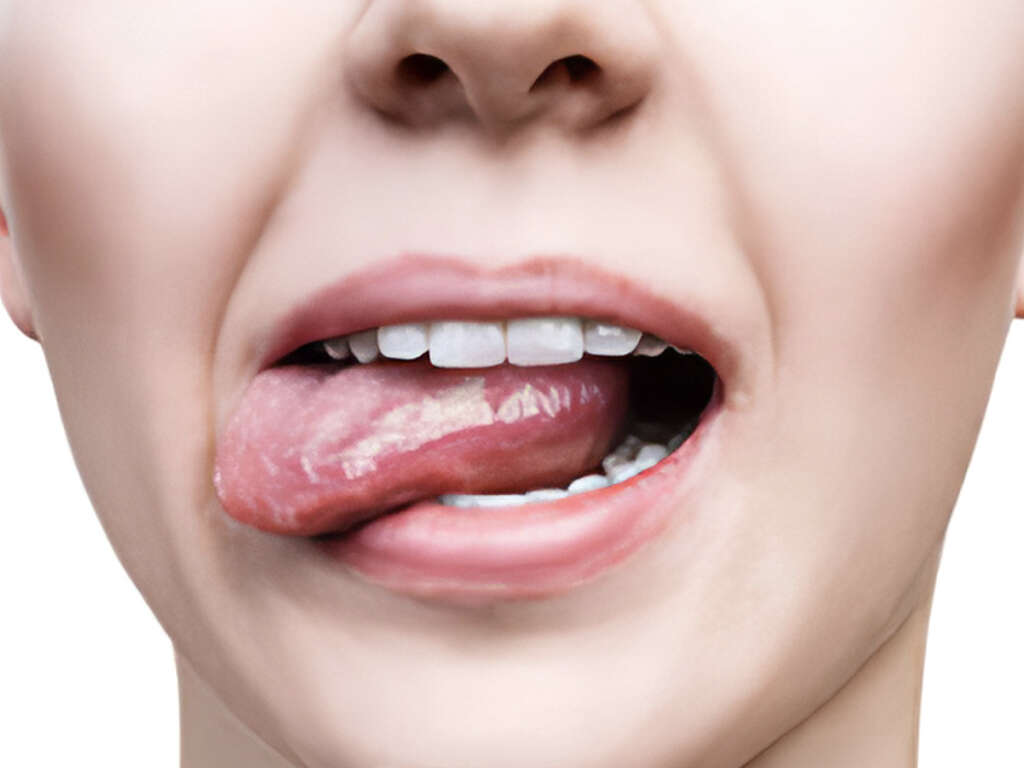
1. What Are the Signs and Symptoms of Leukoplakia?
The most common sign of leukoplakia is the appearance of patches inside the mouth. While these patches can form on the gums, it is more common for them to appear on the tongue and inside of the cheeks. Oral hairy leukoplakia appears more frequently on the sides of the tongue.
The patches are distinctive, often appearing as gray or white. Each spot is unique, not adhering to a specific shape. However, the texture is often rough and raised slightly, and you cannot scrape the patch off. Fuzziness is an indicator of oral hairy leukoplakia. Finally, you may experience sensitivity to spicy and acidic foods when they come into contact with the area.

2. What Is the Cause of the Condition?
The exact cause of leukoplakia is unknown. However, researchers believe it is a response to an irritant, like rough teeth or tobacco. Many patients who suffer from the condition use tobacco products and drink a lot of alcohol, making the irritation more prevalent in older adults.
Another form of leukoplakia, known as oral hairy leukoplakia, results from the Epstein-Barr virus. Researchers believe it is an early indicator of HIV/AIDS. However, the appearance of this variation is not an immediate indicator of the disease, as it can appear in all people with weakened immune systems, such as bone marrow transplant patients.

3. What Is the Treatment for Leukoplakia?
While a doctor may suggest medication for the patch or surgery to remove it, the typical course of treatment is to eliminate the primary irritant. Therefore, if you smoke, use chewing tobacco or drink alcohol, stop, or if a dental issue is a cause, seek treatment.
In most instances of leukoplakia, removal of the irritant will cause the disappearance of the patches. However, if nothing seems to help, a doctor may biopsy the spot to determine the cause. If you have oral hairy leukoplakia, your physician may prescribe an antiviral medication. Sometimes, you may need surgery to remove the patches.

4. How Severe Is the Condition?
Most cases of leukoplakia are not severe and will resolve within 14 days, especially when you remove the cause through dietary changes or medical intervention. However, in rare instances, the condition may be a precursor to cancer, but it is necessary to stress the rarity of this result.
Oral hairy leukoplakia carries more risks than the standard condition because of its relation to HIV/AIDS. Of those people with an HIV diagnosis, between 25% and 53% will experience the fuzzy patches indicative of this condition. It is also pertinent to note that nearly 14% of people with HIV do not know they have it, meaning that hairy leukoplakia is their first sign. However, the condition itself is not typically life-threatening.
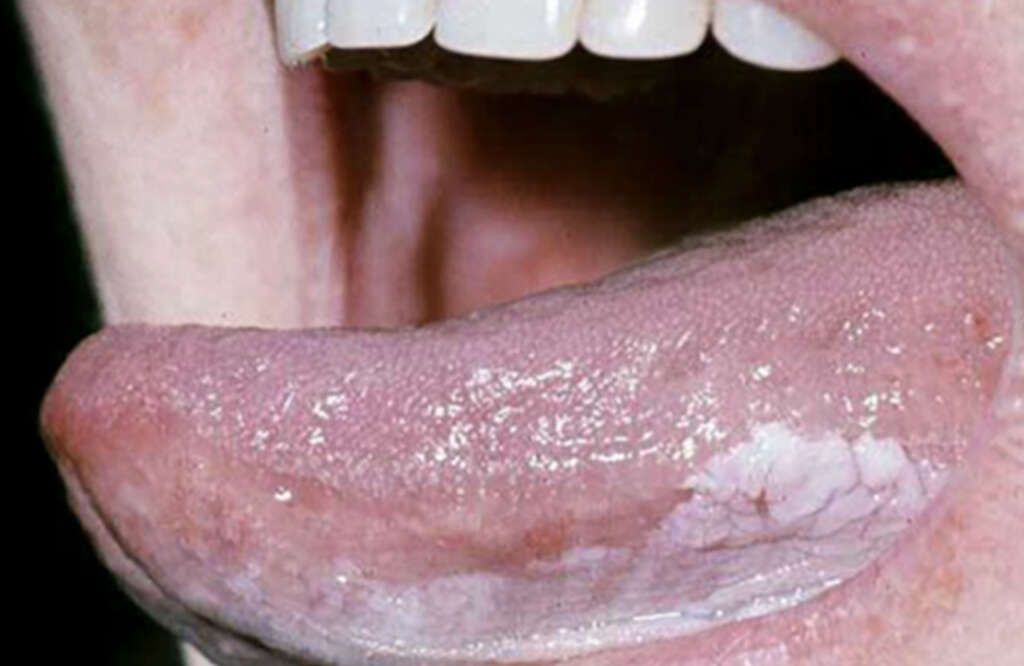
5. What Happens Without Treatment?
With mild cases of leukoplakia, the condition will go away on its own. Even in cases of oral hairy leukoplakia, the patch itself is harmless and will resolve without medical intervention. However, in most cases, you may need to alter your dietary habits to allow the spots to heal.
In more severe cases, the patches will not heal on their own. If left untreated, you may develop more growths and further irritation or sensitivity. When the condition does not resolve by itself, a doctor may prescribe oral medications, a biopsy or surgery to remove the patches.

6. Can Leukoplakia Become Cancerous?
Only five out of every 100 leukoplakia patients, or 5%, receive a cancerous or precancerous diagnosis after a biopsy. When compared to other similar lesion conditions, like erythroplakia, which has a cancer risk factor of 50%, the risk to leukoplakia patients is minimal.
The concern of cancer is a genuine threat from many other conditions. However, do not let an abnormal fear outweigh the reality of leukoplakia. Also, do not worry before an actual diagnosis. Fear is a brilliant manipulator, and it can prevent you from living your best life.

7. What Are Other Names Associated with the Condition?
You may also know leukoplakia as the smoker’s keratosis because of its direct link to tobacco use and abuse. The link should not come as a surprise since leukoplakia is often the result of an unhealthy diet and other irritants.
Smoking and chewing tobacco lead to many health problems and can cause significant bodily harm, especially to the lungs, heart and mouth. Dental and gum health issues are a leading cause of leukoplakia, so smoking is about the worst thing you can do.
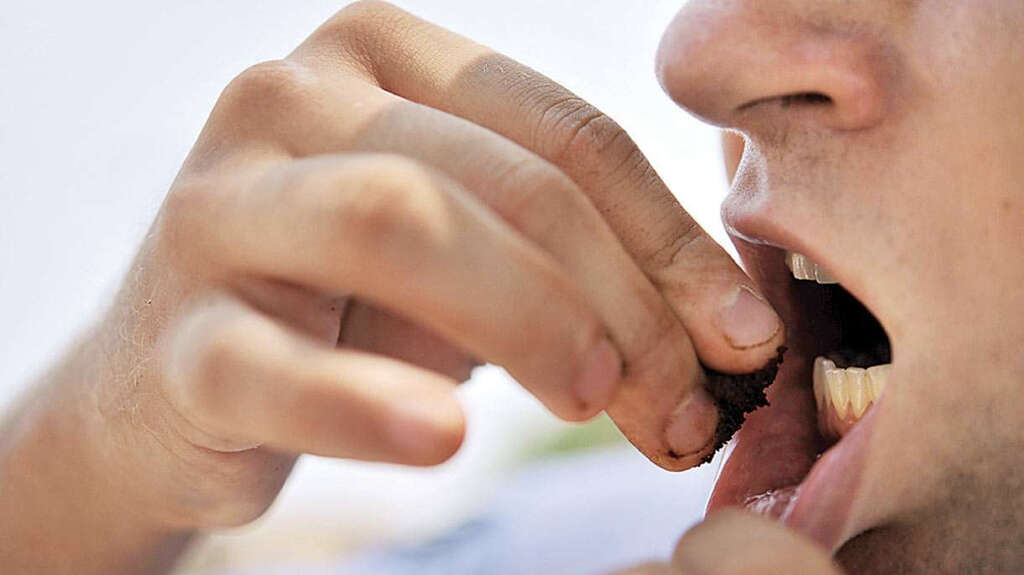
8. How Do You Prevent Leukoplakia?
A healthy diet is key to reducing health risks, and it is no different with leukoplakia. Eating right, exercising, going for a yearly physical and regular dental exams are all fantastic ways to prevent major medical issues.
Regarding leukoplakia, you can further limit your risks by eliminating destructive habits. For example, stop smoking and chewing tobacco. Also, if you drink, limit your intake or stop altogether. Excessive alcohol consumption and tobacco use are the leading irritants for this condition.

9. When Should You Contact a Physician?
Most cases of leukoplakia are mild and do not require medical intervention. Typically, white patches will develop and disappear within 14 days, especially with the elimination of the irritant. However, more moderate and severe cases may require medication or surgery.
If the leukoplakia patches do not disappear on their own within 14 days, then schedule an appointment with your physician or dentist. They will help you determine the underlying cause and determine if further intervention is necessary.
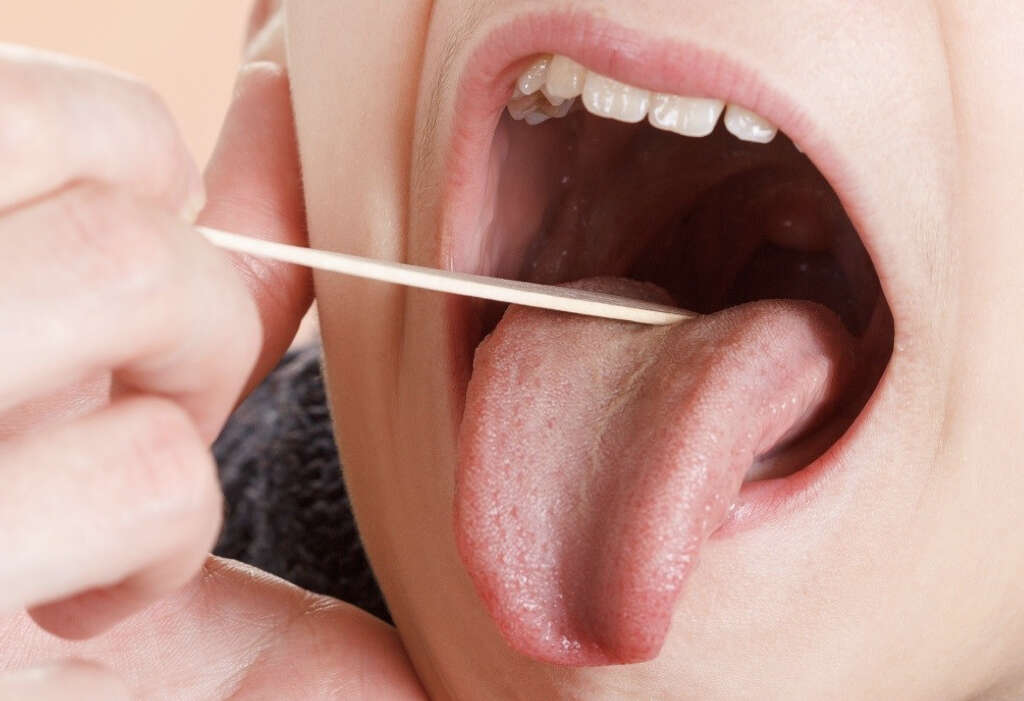
10. What Is the Prognosis for Leukoplakia Patients?
On its own, leukoplakia is not a dangerous condition and likely will not result in other life-threatening issues. Most patients experience mild irritation for up to two weeks before the white patches disappear on their own. Even if further medical intervention is necessary, the prognosis for most patients is excellent.
Leukoplakia is a mucous membrane condition that may appear on or near the genitals or, more commonly, in the mouth. While it is not usually a condition that develops into more serious diseases, if you feel afraid, seek a medical opinion.







